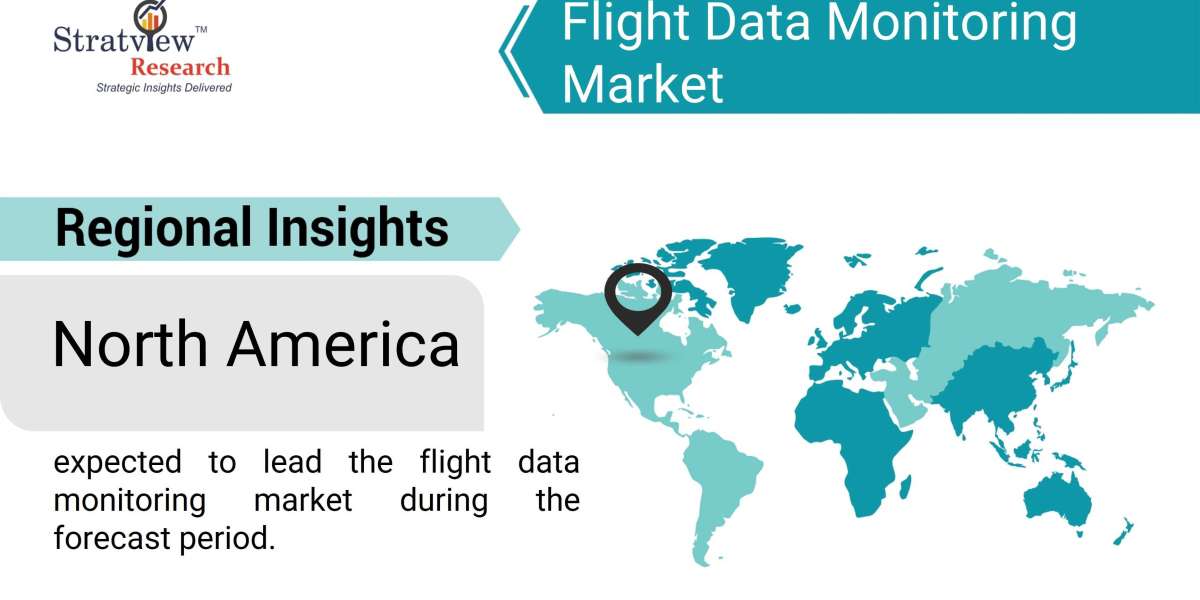The Flight Data Monitoring Market is rapidly evolving as airlines and aviation stakeholders prioritize safety, efficiency, and operational excellence. Flight data monitoring systems, which analyze flight data to enhance decision-making, are increasingly recognized as essential tools in modern aviation. This article explores key trends driving market growth and provides a forecast for its future trajectory.
According to Stratview Research, the flight data monitoring market was estimated at USD 4.54 billion in 2022 and is likely to grow at a CAGR of 8.43% during 2023-2028 to reach USD 7.4 billion in 2028.
Key Trends Driving Growth
- Rising Adoption of Predictive Analytics: Predictive maintenance has emerged as a game-changer for the aviation industry. By leveraging flight data monitoring systems, airlines can monitor aircraft performance in real-time, identify potential issues, and conduct maintenance proactively. This reduces unplanned downtime, lowers operational costs, and enhances fleet reliability.
- Technological Advancements in Flight Data Monitoring Systems: The integration of cutting-edge technologies such as Artificial Intelligence (AI), Machine Learning (ML), and Big Data analytics is significantly enhancing flight data monitoring capabilities. These advancements provide deeper insights into flight operations, allowing airlines to optimize routes, improve fuel efficiency, and ensure regulatory compliance.
- Growth in Commercial Aviation: Expanding air travel demand, particularly in emerging economies like Asia-Pacific and the Middle East, has led to increased aircraft production. With larger fleets in operation, the need for robust flight monitoring solutions continues to grow, driving the flight data monitoring market.
- Cloud-Based Solutions: Cloud-based flight data monitoring platforms are gaining popularity due to their scalability, cost-effectiveness, and ability to provide real-time insights. These solutions are particularly beneficial for large airline operators with geographically dispersed fleets.
- Stronger Regulatory Frameworks: Global aviation authorities, such as ICAO and FAA, have implemented stringent safety and compliance standards, making flight data monitoring systems mandatory for many operators. These regulations underscore the critical role of flight data monitoring in risk management and operational safety.
Market Forecast
The global flight data monitoring market is projected to experience steady growth in the coming years. Factors such as the expansion of aircraft fleets, advancements in analytics technologies, and increasing regulatory requirements will sustain this upward trajectory.
By 2030, the market is expected to witness significant adoption across both commercial and military aviation sectors. Emerging regions like Asia-Pacific will likely lead the growth due to burgeoning air travel demand and rising investment in aviation infrastructure.
Conclusion
The Flight Data Monitoring Market is poised to revolutionize the aviation industry, offering unparalleled insights into flight operations. As technological innovations and regulatory pressures continue to shape the market, stakeholders must adapt to harness its full potential, ensuring safety, efficiency, and sustainability in the skies.














